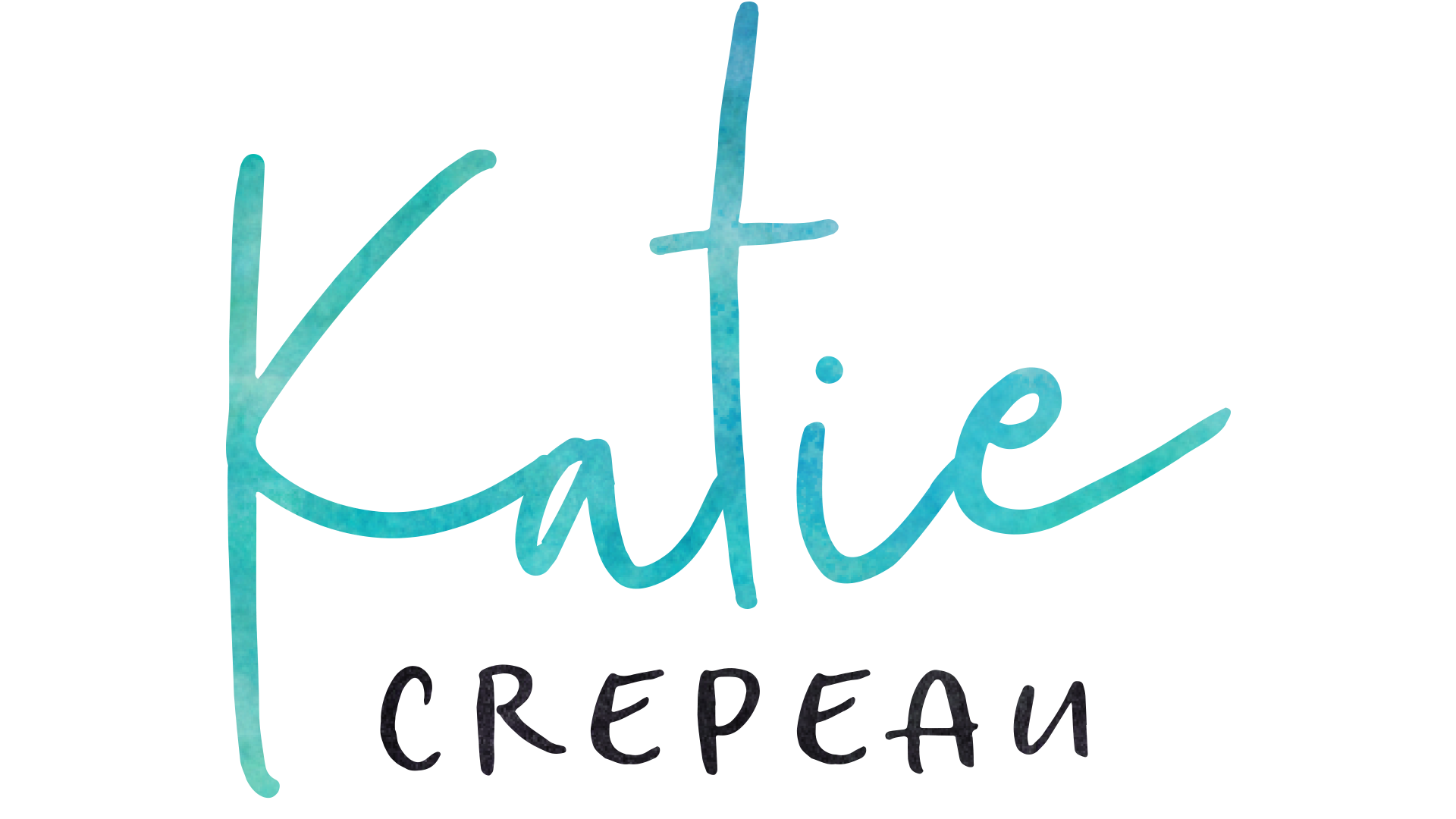[Note: Following up on this post, I’m getting ready to create a second freebie. But before I get too far along, I want to make sure it will help you make progress. Scroll to the bottom of the article for more details on what it is.]
Last week I posed this question to our community:
What is the hardest thing about taking the first step towards shifting your career?
Surprisingly no one blamed Trump. (Just kidding.)
After the political dust settled, new emails, tweets and comments began coming in with responses like:
“Not knowing where to start”
“Fear of failure”
“Paying the bills”
“Being reactive rather than proactive”
“Having LOTS of ideas”
I have been extremely taken aback by the rawness and candidness of your responses. Reading and listening to your fears, frustrations and struggles makes me realize that this alone is meeting the goal of Design Affects to “put humanity back into design.”
What each of you shared are all very valid concerns, apprehensions, and struggles that, unfortunately, the majority of humanity faces. You could easily attribute these statements to people in high paying positions as much as to people seeking more meaningful work.
This is the side of human nature that can halt progress towards our dreams and visions. It can leave you caught in your head, spinning around in a sea of negative thoughts. And, if it’s all you think about, the negativity can drown and overwhelm you with feelings of hopelessness and defeat.
But there are ways to tackle those apprehensions head on.
Let’s dig into “not knowing where to start.”
This statement encompasses and closely relates to fear of failure, paying the bills, having lots of ideas, and feeling reactive. When you’re looking to begin, shift, or refocus your career, there seems to be an ever-expanding list of things to decide on: clients, projects, skills, networks, marketing, income, contracts, website, CV, portfolio, firms, collaborators, and on and on. Indeed these are all important.
“Not knowing where to start” can be equally daunting for those of you running studios, firms or organizations where your projects and clients are veering off track. Your work might be feeling amiss to your vision. Your clients are misunderstanding what you offer. The project opportunities are underwhelming you. The reasons why you got into the profession are now a distant and unfulfilled dream.
We need to pause. Now.
In these instances, first and foremost, take a moment to acknowledge the overwhelming list.
Let’s take a long deep breath.
Breathe in to the count of 1, 2, 3, 4, 5.
And now out. 5, 4, 3, 2, 1.
Ok, it’s there. And unfortunately lists never disappear. So now let’s talk about what to do first.
Start with what you know.
No matter how young or old you are, how many projects you have or have not worked on, how novice or experienced you are—you have done something.
At the very least, you have spoken with one person about your ideal work (yes, parents, siblings, friends, therapists count.)
Maybe you have also talked with one potential client.
And then you wrote a project proposal.
Perhaps you have gone so far as to start a project.
And maybe, just maybe, you have also completed one, two, three, or more projects.
Where you are now is where you need to be. And what you currently have is what you need to start with.
Here’s what I’m thinking of doing.
You hold all the experience, knowledge and skills you need to begin tackling “not knowing where to start.” Now you just need a framework to put boundaries and priorities in place to keep you on track towards the bigger vision for your career.
So I’m thinking of hosting an online course on creating this framework—let’s call it an “Opportunity Evaluator” for now. Oh, and the course will be free.
Here’s what we’ll cover:
- Analyze and evaluate the environments, skills, and people in previous projects that made you thrive.
- Distinguish between the “must haves” and “like to haves” for future opportunities.
- Create a personalized framework to evaluate future opportunities, including ideas, jobs, and projects.
- Instill confidence, control, and accountability in your decision-making.
Now here’s where you come in.
This will be my first online course so I have a steep learning curve ahead of me, which means more work than I can properly anticipate…
… so I want to make sure there is enough of you who need this course right now to help you be more proactive about your career.
What I need from you.
If you’re interested in using what you already have to make more confident future decisions, then click the button below to enter your email address and I’ll send course details to the email you provide.
And if you didn’t yet get a chance to respond to this question, leave a comment below with one thing you want to be able to DO after the course. This will be a huge help in prioritizing our time together.
If you and enough people sign up—I’m thinking 30 or more—then we’ll be having a fun, productive, virtual meet up in a couple weeks!
And if no one wants to attend, then no worries. Something else is bound to come up (just like you, I have lots of ideas swarming in my head!)
More soon,
Katie

Trackbacks/Pingbacks